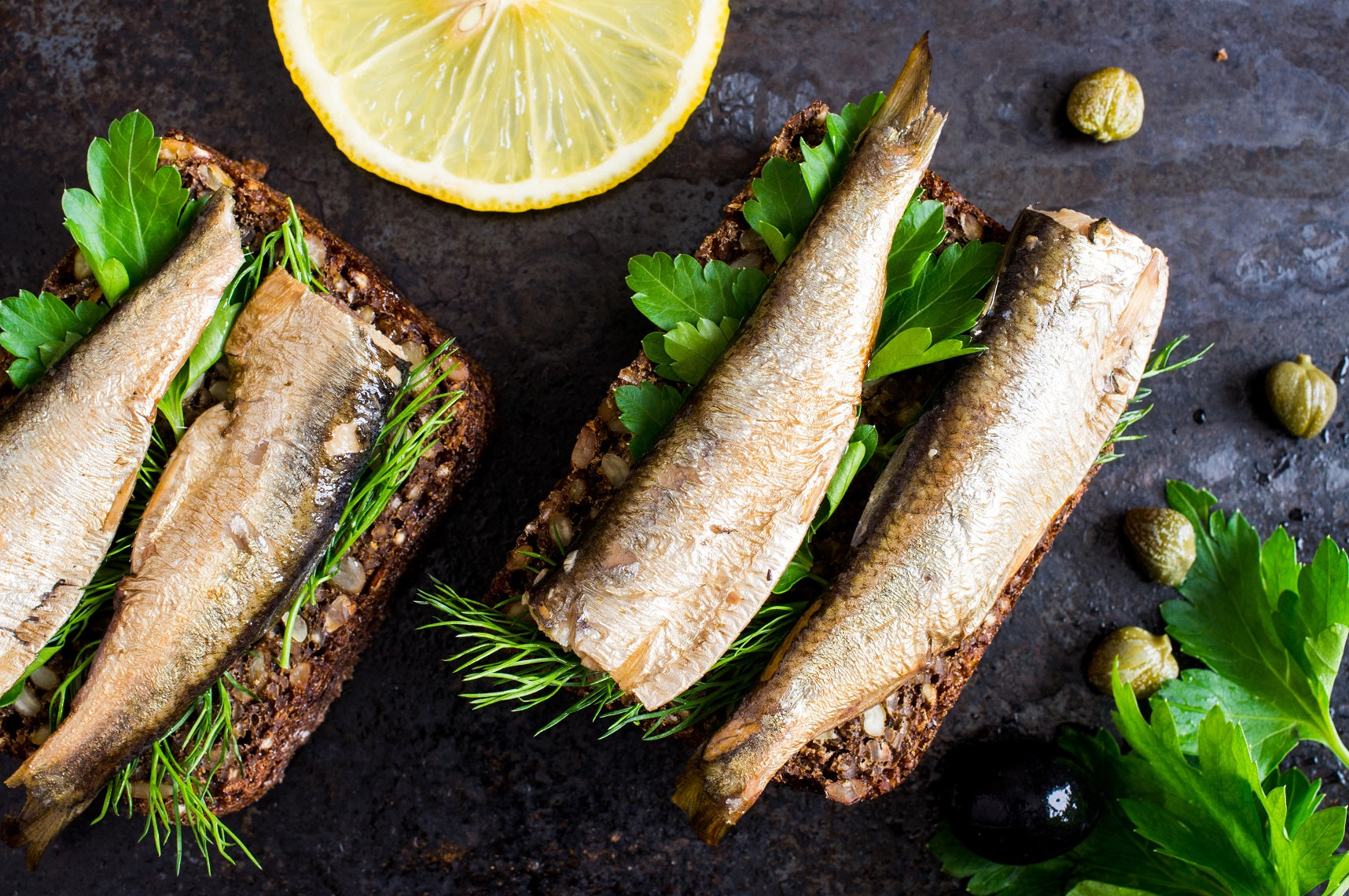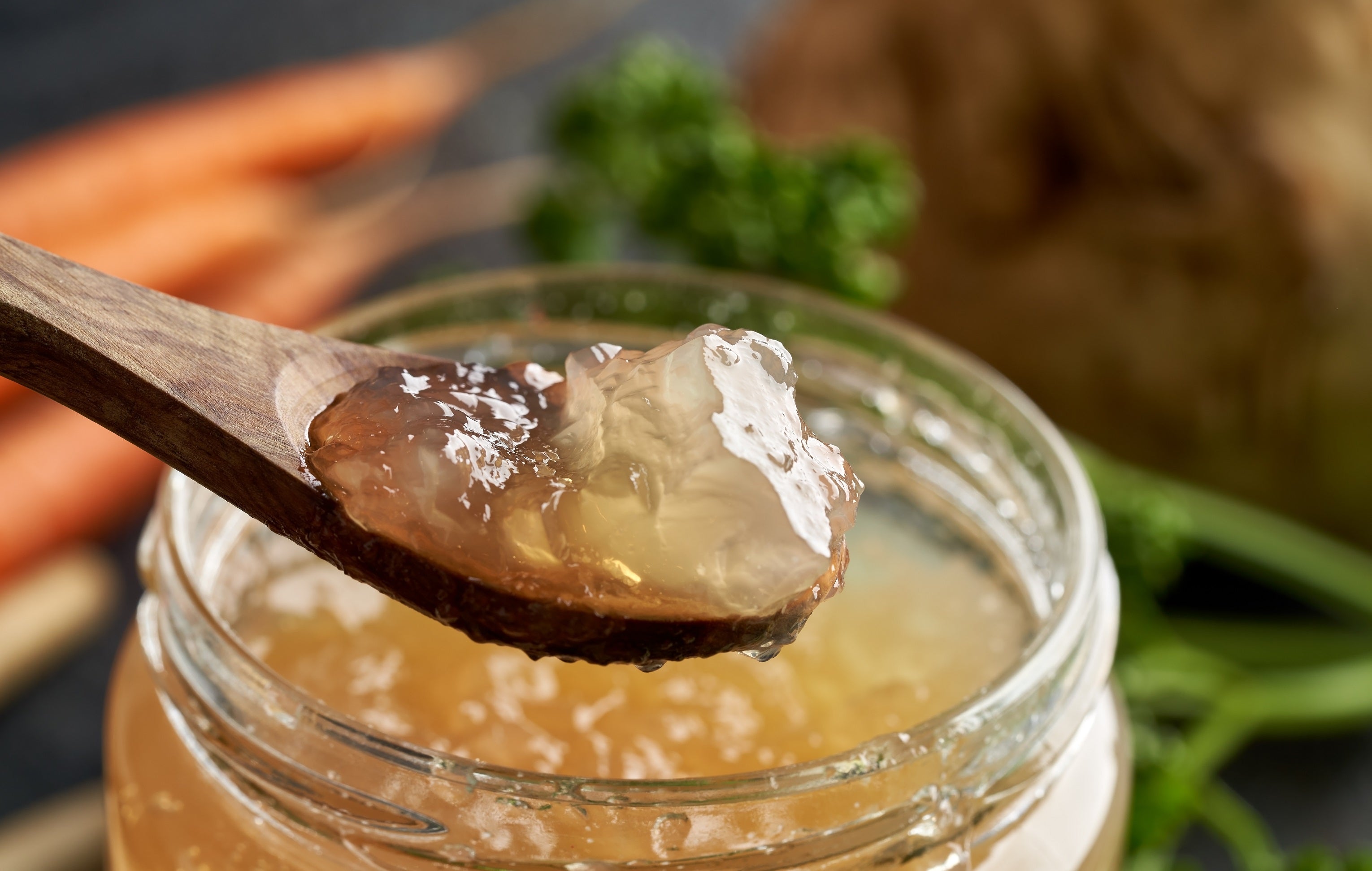Article: Good fats are treasures for beauty and health

Good fats are treasures for beauty and health
You may not be eating enough healthy fats and this is common for many people because we have been conditioned to be afraid of it and for several reasons.
- Fats have been consistently identified as inflammatory and prone to raise our cholesterol levels. And yet, nuances are essential, in particular when one considers quality before anything else.
- The foods rich in good fats that are offered to us come mainly from commercial circuits as they are the most accessible to the greatest number. And yet, these are often heavily processed fats, stored in plastic packaging, sometimes mixed with other low-quality ingredients that are rightly wary of us.
- We have been conditioned to live and see ourselves as beautiful and healthy with a very skinny morphology that matches Western and contemporary standards. This image of being thin makes it difficult to accept eating more healthy fats. And yet, traditional communities have found, over the years, and their location, a diet that gives them different appearance from that of the very skinny models that we are used to seeing for a few decades, and to which we let's assimilate the idea of health and well-being.

And yet, eating the good quality fats or fatty acids is essential, as they are particularly anti-inflammatory and regenerating for the skin and for health in general.
Our contemporary diet in developed countries tends to reduce the intake of these fatty acids and above all, we consume them at an imbalanced ratio.
Omega-3s and omega-6s, grouped together in the family of polyunsaturated fatty acids, are essential and called “essential” because our body cannot manufacture them. However, their consumption must respect an essential balance which aims:
- a lower consumption of omega-6 fatty acids (linoleic acid is then synthesized by an enzymatic process into several other fatty acids according to the needs of our body)
- a greater consumption of omega-3 with α-linolenic acid (ALA) which is cleverly transformed by our body into the precious acids eicosapentaenoic (EPA) and docosahexaenoic (DHA)
Consuming excess omega-6s interferes with the body's use of omega-3s, even if they are present in sufficient quantities.
But in general, polyunsaturated fatty acids contribute to the optimal functioning of our body, especially to protect us from allergies, improve our heart health (heart and arteries), our eye (retina) and nerve (brain) health.
Our skin uses omega-3 fatty acids in particular to strengthen its hydro lipid barrier, reduce inflammation as well as the frequency of certain skin diseases. It is therefore in your interest to considerably increase the consumption of omega-3 fatty acids for healthy skin and for your health in general.
Here are 3 families of foods rich in omega-3s that you could include in your diet. Researchers disagree on levels of uptake from plant or marine sources. So if you can, make sure to vary the sources to meet your body's basic needs.
Cold water fatty fish
It is by far the highest source of omega-3s.

Sardines, mackerel, herring, trout, salmon (preferably wild), anchovies or even halibut are fish that contain about 7 times more omega-3 than omega-6. This is an excellent ratio.
However, these fish should be eaten fresh because when frozen, they no longer contain omega-3 after 6 months. It is therefore important to check the date of fishing to ensure that you are taking advantage of their exceptional bioavailable omega-3s.
Seeds

Flax seeds, pumpkin seeds, chia seeds, or hemp seeds are great sources of omega-3s.
Flax seeds stand out especially if you live in a country with a temperate or cold climate as:
- they are often grown near where you live
- they are abundant and very affordable
- studies are numerous and have been conducted for a long time to show that their ALA levels are very high and contribute positively to health
- their fiber and mucilage content make them valuable allies to promote intestinal transit.
For flax, chia and hemp seeds, it is best to grind them just before consumption to help them absorb them into the body.
Nuts

Especially Brazil nuts, hazelnuts, almonds, walnuts, pecans, pistachios, cashews and macadamia nuts are rich in α-linolenic acid (ALA) from the omega-3 family.
It is best to eat them raw, properly cleaned and soaked beforehand to fully reap their benefits.
We hope that this information and little suggestions about the right fatty acids will help make your skin even more glowing and improve your health.
With love,
Rose
REFERENCES
About the omega-3 and omega-6 ratio to be respected and the beneficial impact on health:
- https://pubmed.ncbi.nlm.nih.gov/12442909/
- American Heart Association (2016). Fish and Omega-3 Fatty Acids http://www.heart.org/HEARTORG/HealthyLiving/HealthyEating/HealthyDietGoals/Fish-and-Omega-3-Fatty-Acids_UCM_303248_Article.jsp#.W0j4ZNVKiUk
Reduction of inflammation and skin diseases with the consumption of omega-3:

1 comment
Merci beaucoup pour ces rappels essentiels, et pour le temps offert pour nous les partager :))
Louise
Leave a comment
This site is protected by reCAPTCHA and the Google Privacy Policy and Terms of Service apply.